







Discover wildflower country north of Perth as you head up along the Midland’s road …
Please note that you can purchase this and 17 more great day trips out of Perth in 4WD Weekends out of Perth
Note: Our latest revision trip over this route (in 2015) has revealed that some of the next day’s course followed that Spring is now blocked by mineral leases and mining infrastructure with Keep Out notices proliferating. An alternative way to the DEC-owned Kadji Kadji Station has been located following an old station mill run known as Paradise Track. This takes you past the Kadji Kadji ruins through to reunite with our original course on the Turtle Track west of Burrillgabby Lake.
Taking advantage of the sudden advent of clear skies and glorious sunshine in early October, the Ed and I fled northwards for a weekend Spring break (happily without actually breaking any springs) meandering through the undulating, wildflower-covered mid-lands of our wonderful WA wheatbelt and the western edge of pastoral properties. Our course, after a Friday lunch at Ginger’s on the Great Northern Highway, lay along a route opened up by the Midland Railway Co. This was a privately built railway financed by British investors under an extensive land-acquisition scheme that involved many millions of acres of prime farmland and attracted endless financial skulduggery, court-cases and frustrating delays. Commenced in 1886, the line took its builder, Edward Vivien Harvey Keane, WA’s primary railway contractor, more than nine years before completion and handover to the WA government. Its southern terminus on the government’s Eastern line gave ‘Midland Junction’, now Midland, its name, while the northern end was at Walkaway where it joined the government line from Geraldton. In between, the principal stations were at Gingin, Mogumber, Moora, Watheroo, Coorow, Carnamah, Three Springs, Mingenew and Dongara.
After Moora, easily the largest town on the Midlands Road, we went through Watheroo National Park, heathland home to the greatest number of Acacia species anywhere in the southern hemisphere, including the rare Watheroo Wattle (Acacia aristulata). If you have the time here, it’s worth popping in for a look at the daunting entrance to Jingemia Cave (thought to be from the Noongar ‘Chingah’ meaning devil or evil spirit and ‘Mia’ meaning home) which isn’t far off the road. From Carnamah, we turned right and headed across to the eastern edge of the wheat belt where we found a pleasant little campsite for our two vehicles at the foot of a low breakaway out past the Koolanooka Hills. We’d done nearly 400km that afternoon so, despite the flies being a bit of a pest until dark at this time of year, it was good to relax and toast our travels with a little cold bubbly, just to lighten the load so to speak.
From this point, we spent a few hours exploring the wildflower wonderland of this striking breakaway country. There were sheets of Everlastings in a multitude of colours and Wreath Leschenaultia stood out on the edge of some tracks. The Subaru Club has done a fantastic job of signposting all the tracks and watering points on this and neighbouring Lochada and Karara stations. After visiting Turtle and Wollathea pools we followed the firebreak right around the northern boundary of Kadji before heading west to the Coalseam Conservation Park. En route we turned onto Rothsay Rd which was signposted as ‘Summer Only’. When I pointed out to our Ed that it was only Spring, he rightly ignored this feeble crack and forged on at his usual ‘break Nick speed’. (Sorry, that’s two feeble cracks but you’ve got to say something when your mouth’s open.) Anyway, we found our winding drive across to the park through Pintharuka and past the century-old stone ruins of Manara Homestead on the upper Lockier River, to be visually grand in places and, of course the park scenery is even more so, especially in the floral frenzy of Spring.
Situated on the Irwin River, Coalseam Conservation Park is small in size but big on significance. The 265 million year old coal seam was formed when Australia was part of the super-continent of Gondwana. The seam was found on 9 September 1846 during explorations by the Gregory brothers, Augustus, Frank and Henry. Their journal reads – ‘succeeded in cutting out five or six hundredweight of coal with the tomahawk, and in a short time had the satisfaction of seeing the first fire of Western Australian coal burning cheerfully in front of the camp, this being the first discovery of coal in the western part of the Continent.’ Desultory mining activities have taken place over the 163 years since the discovery and a number of shafts have been sunk. However, it appears that quality and quantity have been found wanting and no-one made a fortune from the deposit although Henry Gregory received a government reward of land for the discovery. The coal seam reserve was vested in the Shire of Mingenew in 1978 and is now managed by DEC. There’ve been a few changes since my last visit including improvements in safety aspects, parking and facilities. While the old campsite has been closed, a new campsite and picnic spot called Miners has been set up on the South Irwin near a couple of shafts dating from 1917 and camping is also allowed at the Breakaway campsite high above the right bank of the main stream. We stayed with friends near Walkaway that night, returning to the park for photos on Sunday morning before heading to Mingenew and home via the Midlands Rd. Altogether we covered 1,238 kilometres but it proved to be a refreshing and relaxing trip with undemanding terrain combined with brilliant scenery. It’s a trip that one could easily expand to a week by staying longer at several pleasant campsites we noted along the way.
Regardless of the type of adventure you are embarking on, keeping the basics in your vehicle means that you should be bale to deal with most situation that may arise.
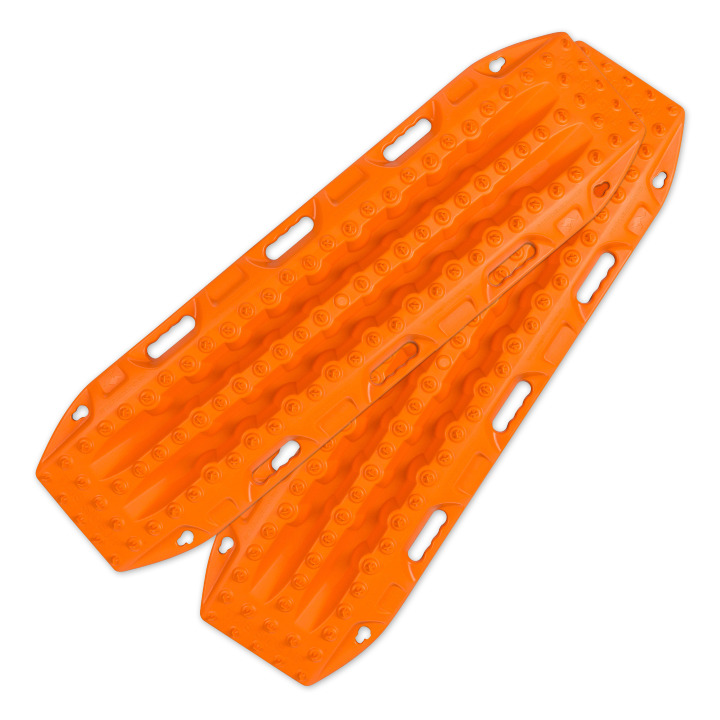
Great for getting yourself out of a sandy situation. They also work really well in mud.
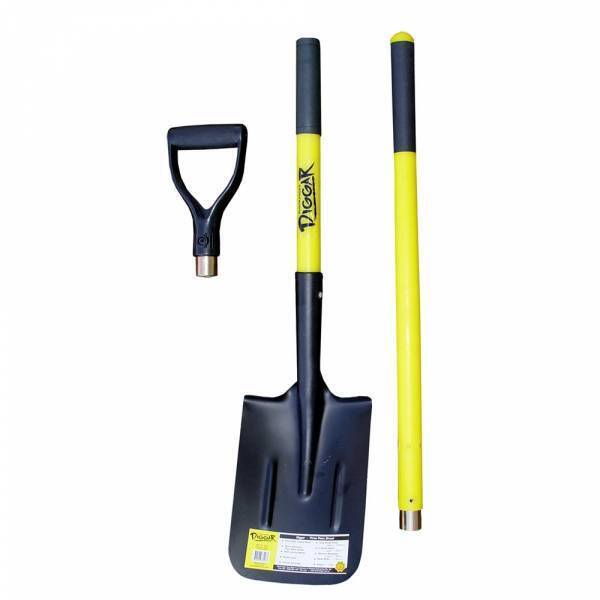
You never know when you are going to have to dig yourself out of trouble or when there is a call of nature that requires a hole.
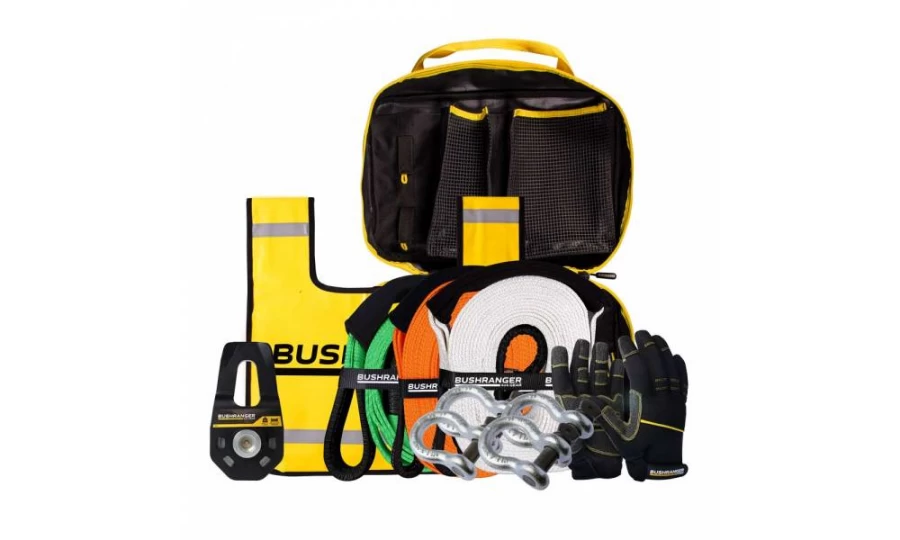
You don’t always need this equipment BUT when you do, you do. Best to ensure that it is always in your vehicle.

Much better than a stick and a lot more accurate. You will more than likely need to adjust tyre pressure on this trip.
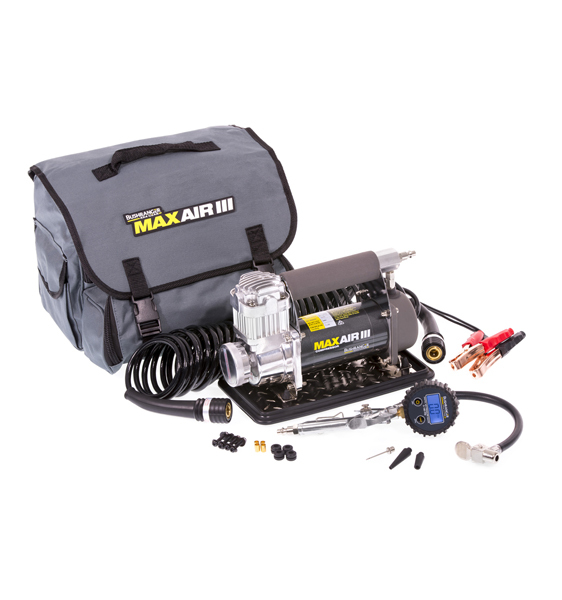
If you need to let your tyres down for any reason then you will also need to pump them back up again.
Being so close to Perth is no reason to disregard the basic planning process. Make sure you let someone know where you are going and when you intend to be home. Mobile phone coverage should not be relied upon. This could impact how well Google Maps (or equivalent works) and you should either invest in a good quality GPS unit or ensure you have a map of the area.
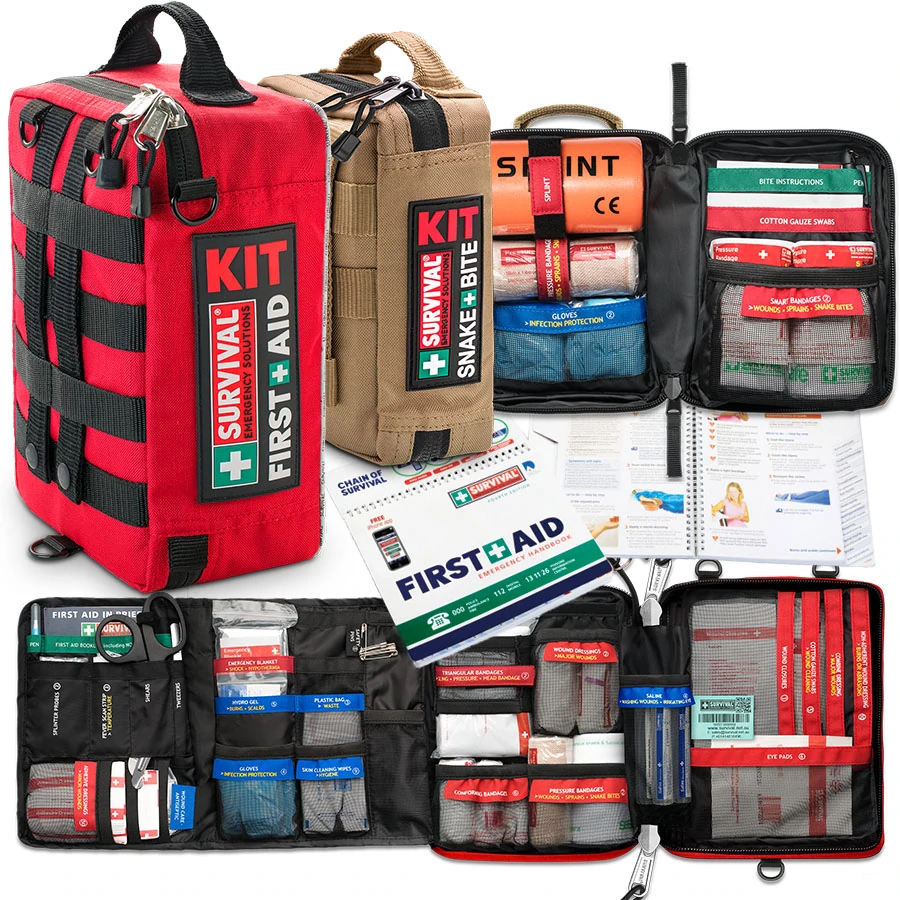
Something to deal with minor cuts and scrapes as well as compression bandages to treat snake bite.
Make sure you have some sunscreen and insect repellant with you.
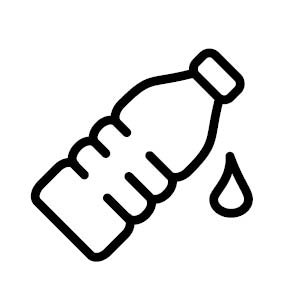
Ensure there is enough water in the vehicle for everyone who is coming with you.
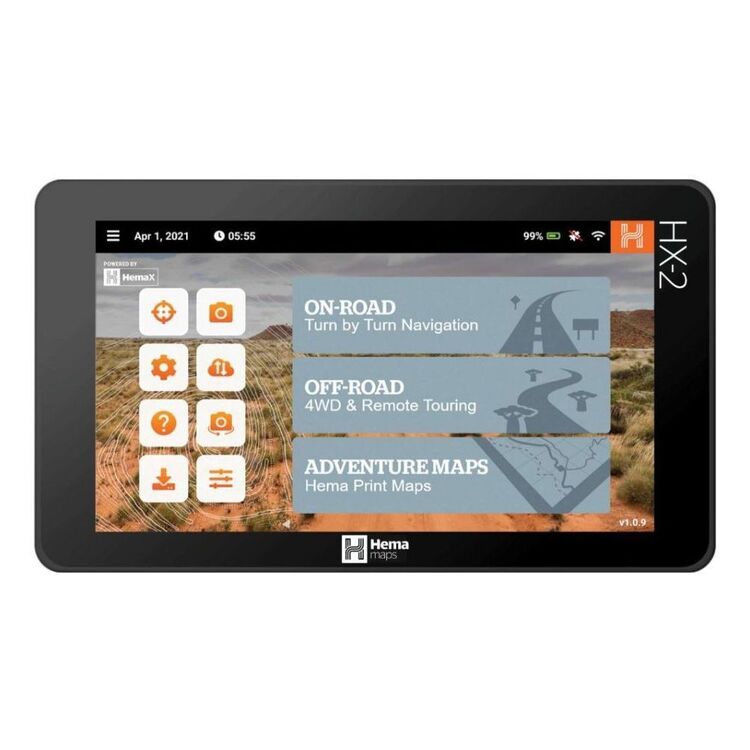
We use and recommend HEMA’s HX2 GPS navigator. The unit does not require mobile phone signal to operate, shows you exactly where you are and what is around you (including points of interest and facilities). The HX2 also gives you turn by turn navigation when back on the bitumen if you need it.
Your other option is to grab a copy of one of HEMA’s maps or 4WD atlas relevant to your area of travel.
If you have a smart phone or an iPad (preferably one that can take a mobile SIM card – you don’t need a SIM installed) you can look at HEMA’s CamperX or 4×4 Explorer.
Keep a roll in the car, along with hand sanitiser and maybe some wipes. Make sure you have a rubbish bag handy and bring all of your rubbish home.
Don’t spend the entire trip driving, make sure you stop and explore. It’s a great opportunity to build some memories with the family.
Time your trip so you stop at Mt Observation and have either morning tea or a picnic lunch there. Spend some time exploring the area and take in some of the views.
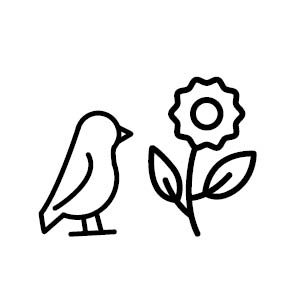
When you stop and sit for a little while you will be amazed at the amount of wildlife that you will spot.
Take a camera and try your hand at some scenic shots or even some macro. It’s also a great spot to get some nice portrait shots of friends and family or even a candid shot of them enjoying nature.
There are a couple of ways that you can get your hands on the instructions for this little adventure.
Grab a copy of 4WD Weekends out of Perth from our web shop or your nearest 4WD accessory store.
You can also purchase our basic Fact Sheet and Map from our web shop for $2.95